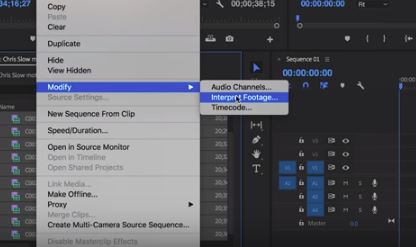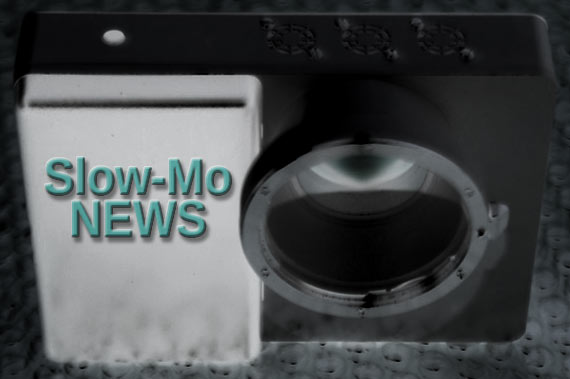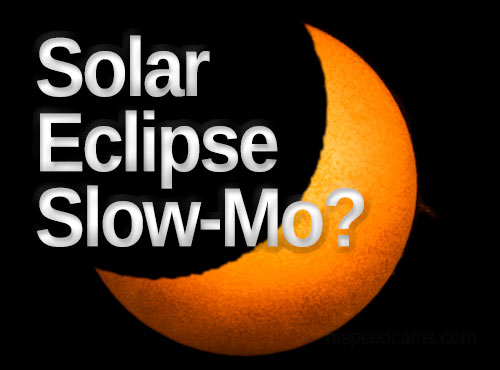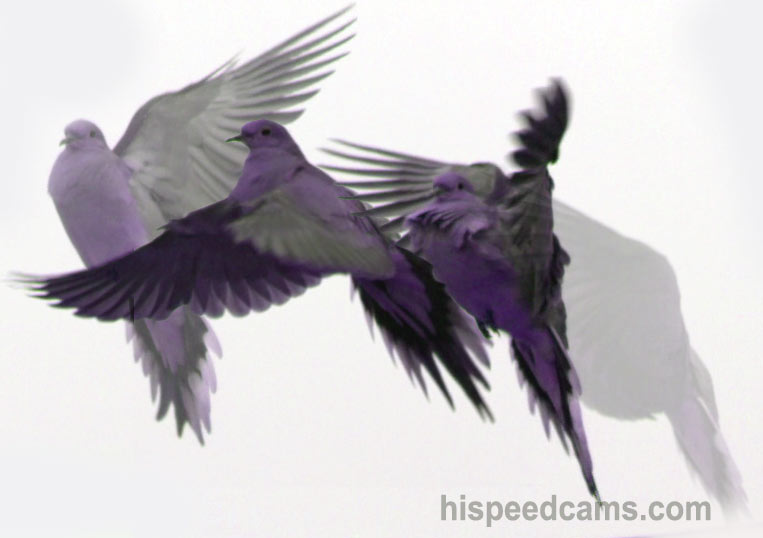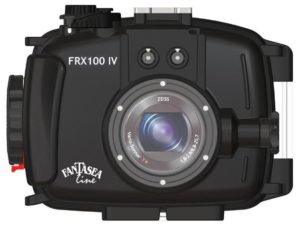Ever wondered how to use slow-motion footage effectively with Premiere Pro CC from Adobe’s Creative Cloud? This quick tutorial by YouTubers Becki and Chris will go through the basics of capturing, editing and organizing the footage for a consistent workflow. They used cameras like the GoPro Hero 5 Black, Sony a7s II, and the DJI Osmo to capture the footage.
Their techniques will apply to any camera that shots high frame rates like 60p and above. Maybe in a future tutorial, they are able to use higher frame rate footage from more capable cameras and even use the optical flow feature to really slow things down in post. You can subscribe to their channel here and support them!

